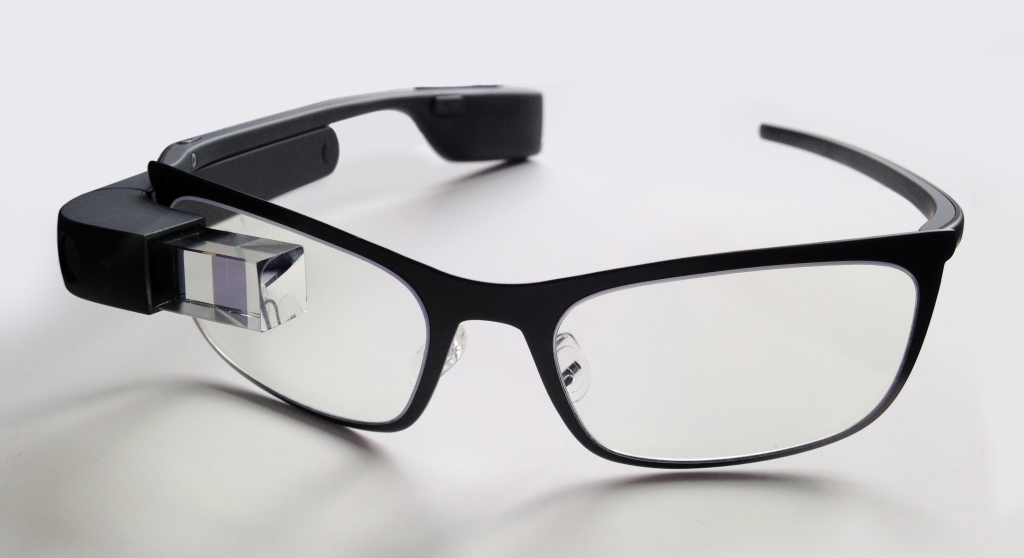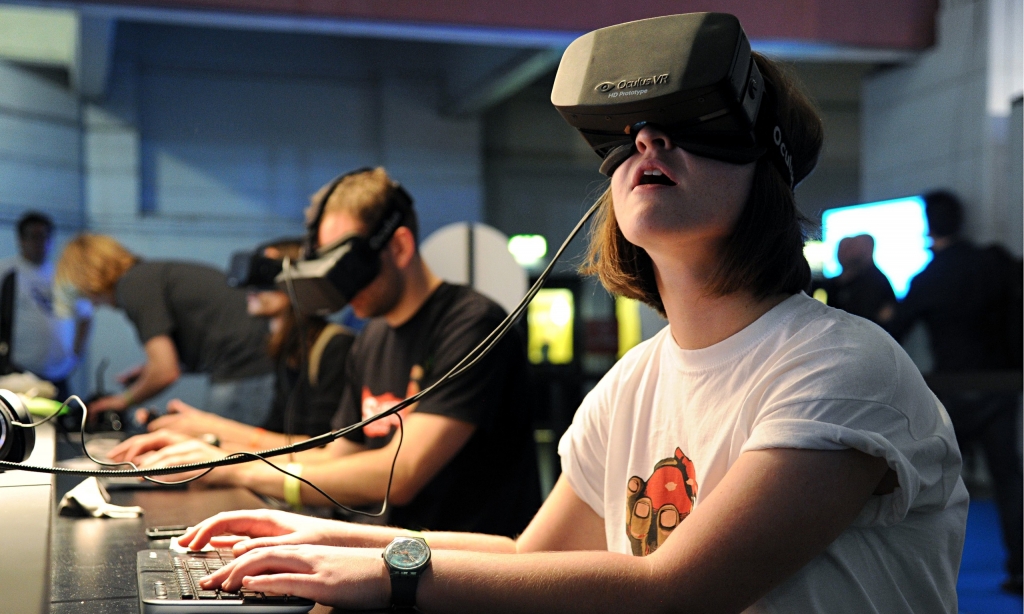From the $30 Google Cardboard (which is exactly what it sounds like) to the $600 Oculus Rift, Virtual Reality (V.R.) has been the talk of tech-town for several years.
While companies like Facebook and Sony obviously think V.R. is set to revolutionise the modern household, having spent millions of dollars (or billions, in Facebook’s case) on the hardware, there is growing unease surrounding what many experts consider a costly fad.
After initial excitement following its announcement, the launch of Google Glass’s Explorer prototype was met with concern and legislative retaliation. Though Explorer marked the next step in an early developmental process, problems that would impact on not just its consumer version, but on all similar hardware, became immediately apparent.
The problem was Google Glass relied on the recording and relaying of the user’s visual feed, and ran on an operating system not unlike that of a regular PC. That made it hackable, posing a security threat for both users and anyone who crossed their paths.
Then came question critics were expecting from the outset: in a world where people are already slaves to their handheld devices, is Google Glass the next evolution of an industry isolating individuals from society? Google says the intention is the exact opposite, though proof of how that will be the case is in short supply.
In fact, an explanation as to why people would choose to use Google Glass in the first place was nowhere to be found on release, and the product was dubbed one of Google’s biggest failures.
Now, three years after Google Glass’s initial launch, Facebook have started taking pre-order purchases for Oculus Rift, the system they purchased in 2014 for a reported $2 billion.
Unlike Glass, the Oculus Rift is designed as a large, head-mounted display that envelops the user’s vision in order to become engrossed in the world projected before them. It’s primarily designed to amplify the experience of playing video games, and therein lies one of its major drawbacks.
The Oculus Rift must be connected to a PC in order to work, and requires the computer to have a high-end graphics card to process the visual data (as much as seven times that of a normal game). Nvidia, the company primarily responsible for the production of these graphics cards, estimates that only 13 million computers will have the required processing power by the device’s launch window of March 2016.
It may seem like a lot, but 13 million is less than 1% of the home computer market.
Considering this, users would want to hope that the system is supported by some exciting, unique content. The problem is, it isn’t.
And herein is the most crucial flaw in the push for V.R.: it is marketed on the experience, not the content. What the companies seem to ignore, however, is that content is king to the kind of gamers who have the kind of power needed to run an Oculus Rift. Games like Minecraft and League of Legends host enormous communities because of what they provide, not how they provide it. They aren’t graphical wonders, and they don’t need to be, because most players don’t care how something looks if they are having fun.
Until the market exists for game developers to produce software that pushes the hardware to its limits, they won’t make it. At the same time, a market won’t exist without the content. From the Sega Dreamcast to Nintendo’s Virtual Boy (the company’s own attempt at V.R. dating back to 1995), gamers have been burnt before, and $600 is a lot to spend in order to play games they already own, even if there is in an entirely different way of experiencing them.
The Oculus Rift will be one of the first V.R. devices directed at consumers, with competitors including Samsung and (if the rumours are correct) Apple set to release their own devices in the not-so-distant future. Whether Virtual Reality has staying power is yet to be determined – it may thrive thanks to the great minds pioneering the industry, or go the same way as the 3D market – but one thing is for sure: there’s a long way to go before V.R. becomes the staple of daily life its creators think it’s destined to be.


